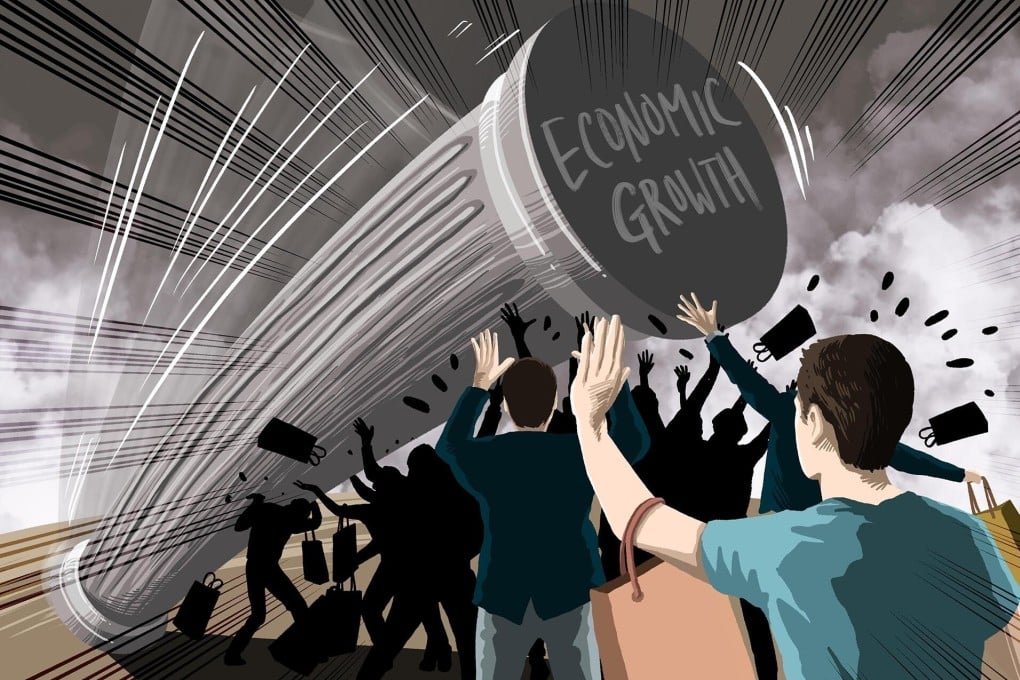China’s inward-facing ‘dual circulation’ strategy leaves many wondering where domestic demand will come from
- A lack of purchasing power among the people is flying in the face of Beijing’s economic plan to create a massive domestic market to curb nation’s reliance on exports
- Beneath surface of China’s weak consumer spending is a national wealth-distribution system that favours the state and the wealthy instead of average households

Jack Wang, a former overseas manager for Huawei, decided to quit his job in 2019 after years of being separated from his family in Henan province. He had big plans to build an online business there, selling local farm products such as honey and sesame to urban consumers willing to pay a bit more for better-quality goods.
One year later, having burned through 300,000 yuan (US$44,000), Wang says he made a mistake in gauging the demand and spending power of Chinese consumers.
“I overestimated domestic demand,” he lamented. “In fact, the domestic market is very competitive, and the consumption power of ordinary people is not as good or as high as I had imagined.”
To save money, he has moved his office from a fancy tower in Zhengzhou, the provincial capital city, to a drab building in a rural county with an annual rent of just over 10,000 yuan (US$1,500) per year.
Wang has even attempted to branch out into other products. A friend introduced him to an export manufacturer in the southern industrial city of Dongguan who had a huge inventory of socks in his warehouse that were not selling because export orders had dried up, but Wang found it just as hard to sell the socks.
“It didn’t work at all. The socks for export were of good quality, but the manufacturer wanted at least 5 to 10 yuan for each pair. Local people usually buy four or five pairs for 10 yuan. Few will buy socks beyond this price range,” Wang said.